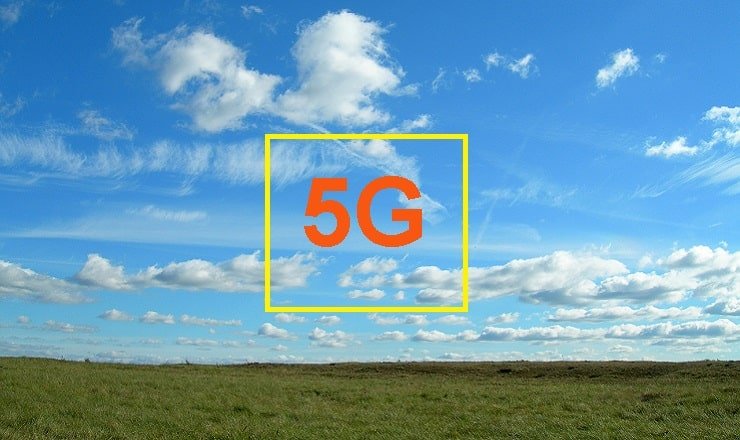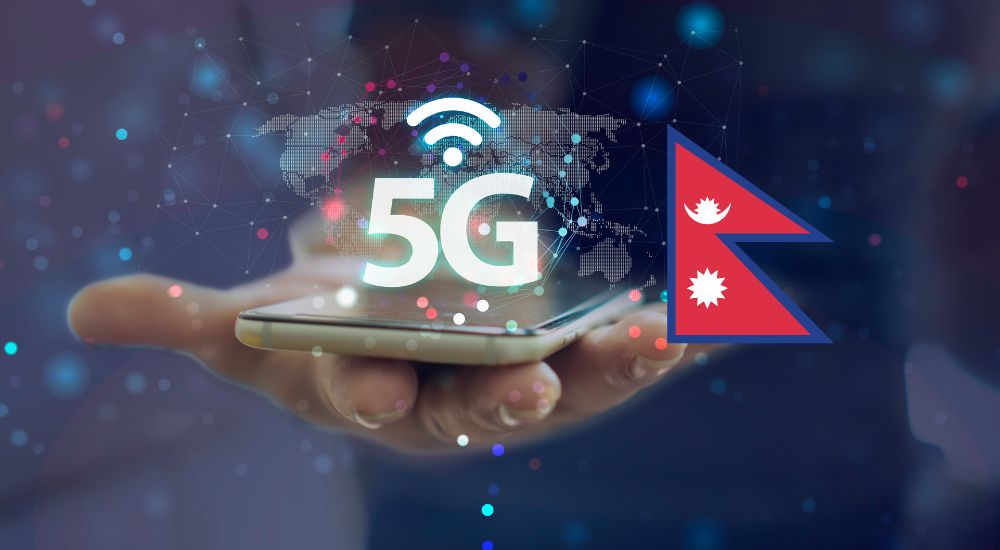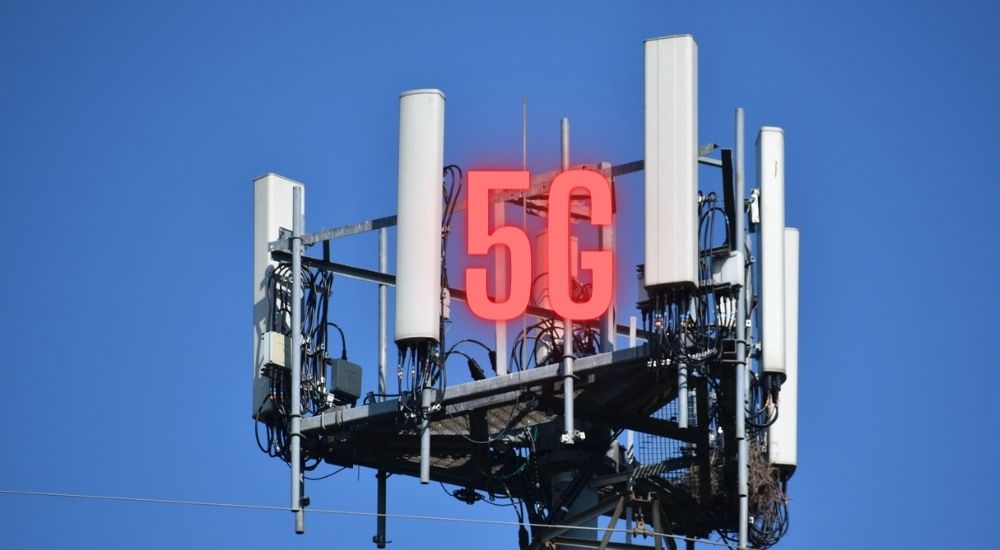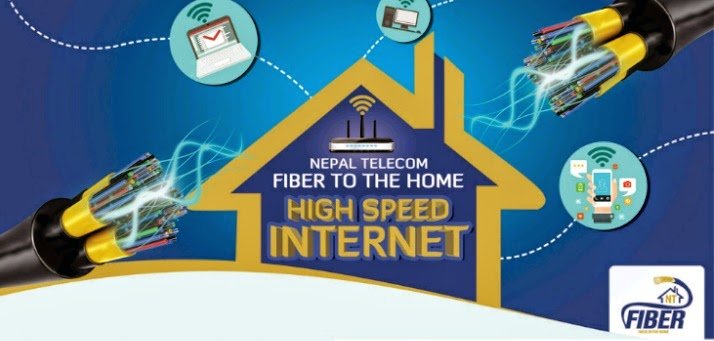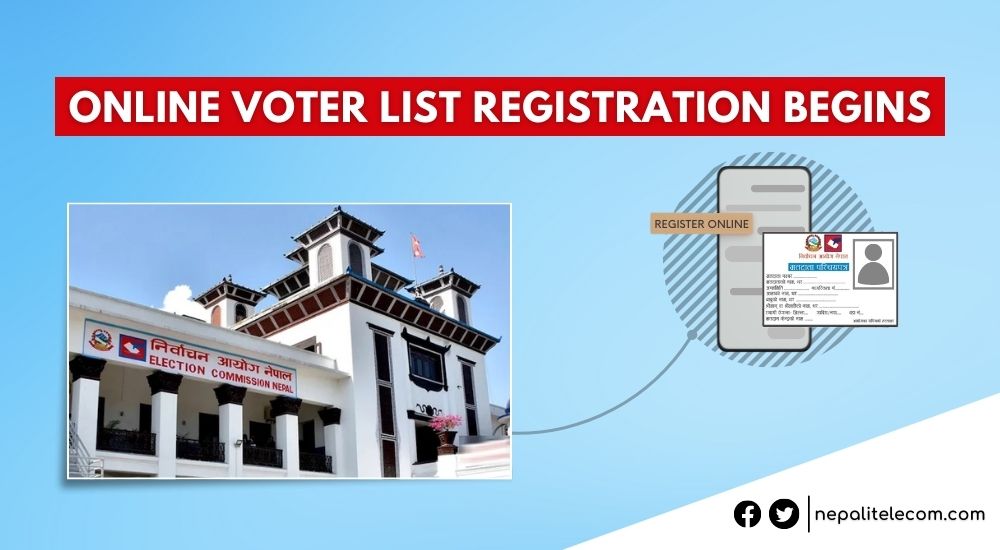Although there are places where 4G has not yet reached, people should not stop talking about the 5G network. It is the future of mobile communication technology. When we talk of 5G, it is not only the fiber-like data speeds but has several revolutionary services and applications. It will surely change the way we use the telecom network. So, there will be a lot of 5G services and applications which we will discuss here. Having said that, the 5G network has already started to appear in some countries, with both limited and widespread 5G coverage.
After the first 5G standard, telecom vendors and smartphone makers have started testing the technology with several operators all around the world. After some hit & trials, review, and the realization in hardware, the field-proven 5G network will gradually be available for the customers. Here is the information about the first 5G launch with Ooredoo. Although 5G networks are being on-aired in developed countries, wide-spread 5G coverage can only happen after the year 2020, as per the recent speculation in the industry.
Read 5G network is now available at Everest >>
Now, let’s give a simple definition of 5G and the range of services, applications with it.
What is 5G?
5G is a fifth-generation technology standard for mobile communication. If you know or heard somewhere how the mobile network that evolved from the first generation (1G) to 2G to 3G to 4G, then you still know the half. You probably have realized how voice-centric communication has evolved to a data-centric till 4G. That had happened with a multifold increase in data speeds and reliability. Well, 5G has more to give than the ultra-high-speed data transfer, which is higher than 10 Gbps DL. With that, you can download 4K videos or HD movies to your device in a matter of seconds.
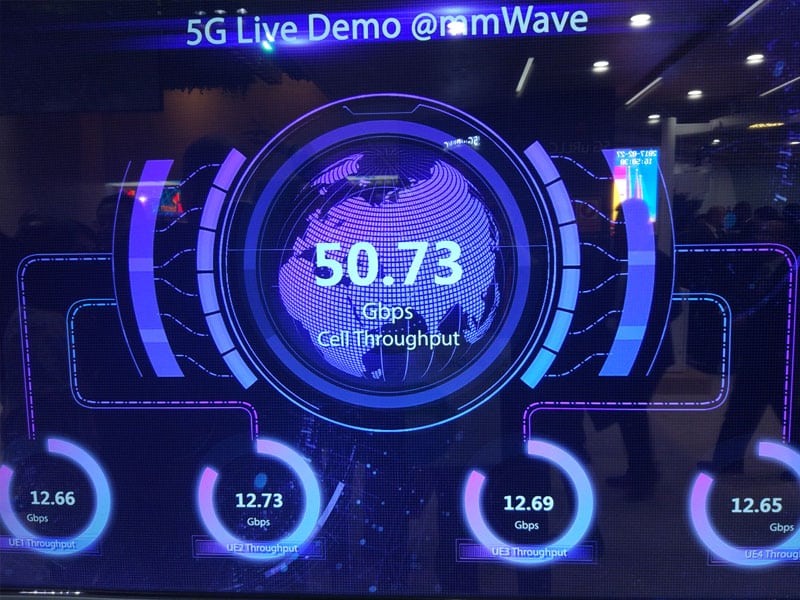
5G cells are also known to provide the bandwidth for the huge number of Internet of things (IoT) devices. 5G is designed to huge no of devices and the bandwidth speed in a connected world where every device or elements communicate with each other through the internet.
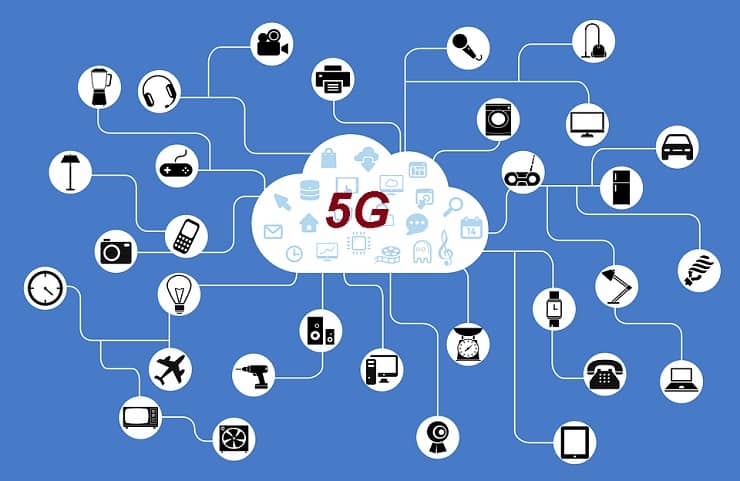
NSA and SA 5G
Non-standalone and Standalone are the two possible ways for an operator to roll out a 5G network. The 5G launches happening in most of the countries are based on existing 4G infrastructure, so it is known as Non-Standalone Architecture (NSA). NSA focuses on the enhanced mobile broadband (eMBB) and enables the quick rollout of 5G using the infrastructure of 4G. For fast deployment, some operators are also using dynamic spectrum sharing (DSS) to share the existing 4G spectrum for 5G.
The next evolution on 5G is Standalone Architecture which has its own infrastructure including a new 5G based Core (called NGC). The SA 5G focuses on ultra-low latency applications, along with Network slicing feature. Operators that have already launched NSA 5G are now going to upgrade the network to Standalone architecture.
Frequency spectrum band of 5G:
Such mammoth speed in wireless requires an enormous frequency bandwidth as well. So, 5G will also operate in the range of above 30 GHz to 300 GHz, which is the mmWave frequencies. But there will be 5G networks in lower frequency bands (< 6 GHz) for better coverage. It is due to the reason that the mmWave 5G signal cannot penetrate inside the buildings. But lower frequency band 5G can provide coverage due to its better propagation characteristics. Another spectrum band for 5G also includes a range from 3GHz to 24 GHz, also called the Mid band spectrum. Find the spectrum bands used for 4G by Nepal Telecom.
To realize such bandwidth, 5G also incorporates several technologies like NFV, NR, Small cells, Massive MIMO, network slicing, and beam-forming. So, if we want to make use of the real 5G connection speed, then you should also change your handset or device to be able to support those technologies and multiple antennas.
Here are some of the characteristics of the 5G network.
- Above 10 Gbps download speeds (based on frequncy bandwidth)
- Less than 1 ms latency (response time)
- Thousands of devices serving from a single 5G cell
- Energy efficient
- Densification of the network.
Although Nepal Government intends to introduce 5G in Nepal, there is no proper plan, policy for spectrum, and other requirements in place. CG Telecom, which is struggling to get the mobile license, had already inked a deal with Turkcell for the 5G network. But the future looms dark for the operator. As per Huawei CEO, 5G will reach Nepal in the year 2021.
5G service and Application
The applications of 5G network are broadly categorized into:
- eMBB (Enhanced broadband): Utilization of very high-speed internet for home broadband, multimedia applications (like 8k video, VR/AR)
- URLLC (Ultra-reliable low latency applications): Applications that leverage the ultra-low latency (<1 ms) that comes with 5G network.
- mMTC (Massive Machine type communication) is the type of 5G application that provides huge capacity for the IoT (Internet of things) devices.
Operators can make use of the ultra high speed to provide super HD and virtually real multimedia experience. 5G can provide almost real-time streaming in their VR headset from a sports or concert stadium.
With such Ultra high-speed capability, operators have also started to think of using 5G for your home broadband. As 5G based processors and modems are already there, operators all around the work are providing the ultra-high internet speeds to households as home broadband.
As 5G is all about connecting all the possible devices, 5G powers the required bandwidth to each of them. Apart from the bandwidth-hungry and high power devices, there will be low powered low capacity and long life devices called LPWA IoT. There could be several use cases for different services or applications that IoT capable devices can provide with 5G.
5G applications
Here are some of the applications of 5G services with < 1 ms latency and > 10 Gbps speed.
- Connected cars: 5G is going to make connected cars a reality. Vehicle 2 vehicle (V2V) and Vehicle to Everything (V2X) will be the main focus while providing multimedia experience, a smart transportation system for road blockage/traffic, tourists, accident information, and tracking.
- Automated vehicles (driver-less cars): Car Vendors have been working in driverless cars or vehicles for some time. The car which runs on its own is expected to be very efficient in terms of fuel consumption, road, and traffic management. But the security concern and the decreased job is what woes the transportation industry. The sensors in the car or vehicles keep track of other vehicles and the environment around it to make a judgment of the vehicle operation. If the information is synced or analyzed with the cloud (containing more information about road and traffic condition) through 5G and deep learning comes into play, then the cars can be fully automated with better real-time decisions.
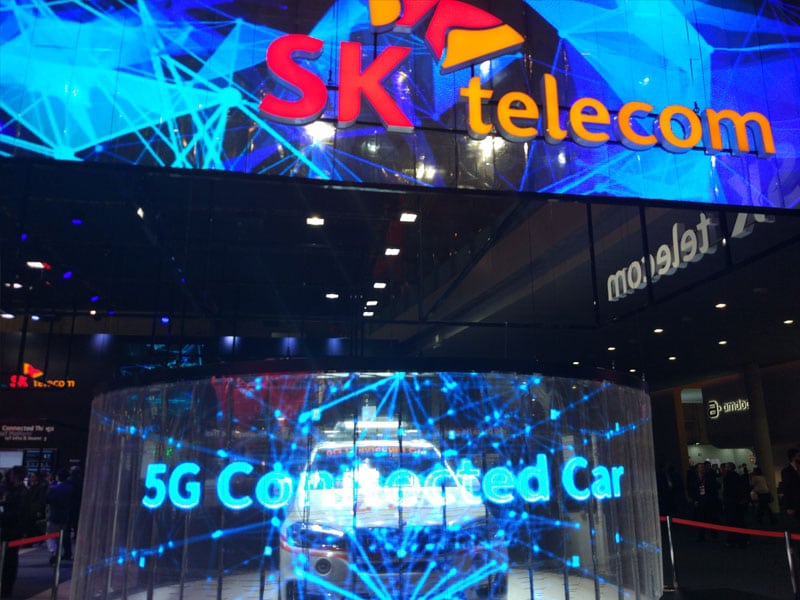
- Industry Automation (Industry 4.0): The 5G and IoT will have a great impact on the future industry (4.0) and manufacturing. It will help to replace a human being in Industry through such connection and the use of Artificial Intelligence (AI). Where Robots and computers take over the place of humans for higher productivity, higher quality, and higher accuracy. But the initial cost or investment for such will be very high.
- Home appliances, Automation, and home security system with 5G: Till now, connected or Smart homes have been in place with noncellular connectivity. Home WiFi or Zigbee, Lora were fueling it but it could be more enhanced with the use of 5G based NBIoT.
- Parking lot management: IoT platform and the system can collect and provide information about the availability of parking lot in the neighborhood to take instant and effective decisions for parking.
- Smart utilities (electricity, gas, water): Utility meters will be more efficient with 5G connectivity, having higher battery life, for several utilities like Gas, electricity, water.
- Virtual reality (VR) and Augmented reality (AR): Grown from the standalone Virtual reality (VR) videos and gaming, 5G can now realize the VR and AR potential. Which can be used for streaming and experiencing the real-time happening at a distance. Attending meetings remotely, Remote diagnosis or health analysis, AR maintenance, Advertisement, Enhanced multimedia experience, and AR gaming will be some of the applications of AR/ VR with 5G.

- Cloud services for every phone or system: With the ultra high speed, you won’t need to put heavy storage in your devices. Plus the processing will be very fast in the cloud servers, to make a better realization of the data. So, it will not only help for better data but also cut down the size of those devices.
- Remote surgery: With the ultra-reliable low latency communication, remote surgery can also happen over 5G. So, a doctor can perform surgery with full accuracy for a patient lying very far away from the hospital.
Some of the connected devices and services are already in place with 4G, 3G, and even 2G. But it is more efficient for the telcos and device battery life to deploy such IoT with 5G. There are many other services and applications for the use of 5G networks and IoT. We suggest you read the applications of the Internet of things (IoT) in Nepal.
Isn’t it a revolution rather than just an evolution, that the 5G comes with? But it takes a whole lot of chain effect and coordination that vendors, telcos, device makers engage to make the 5G a reality. We will update each significant update for 5G, so stay tuned.
Why 5G is not everywhere?
5G is now available in some developed parts of the world. Whereas the operators in the developing world are not investing at the moment on 5G networks now due to the huge cost involved and low return. The non-widespread 5G ecosystem is also making the telcos hesitant to go for a 5G rollout.
Tell us what do you want to know about 5G technology and 5G service. We will try to answer it for you.


